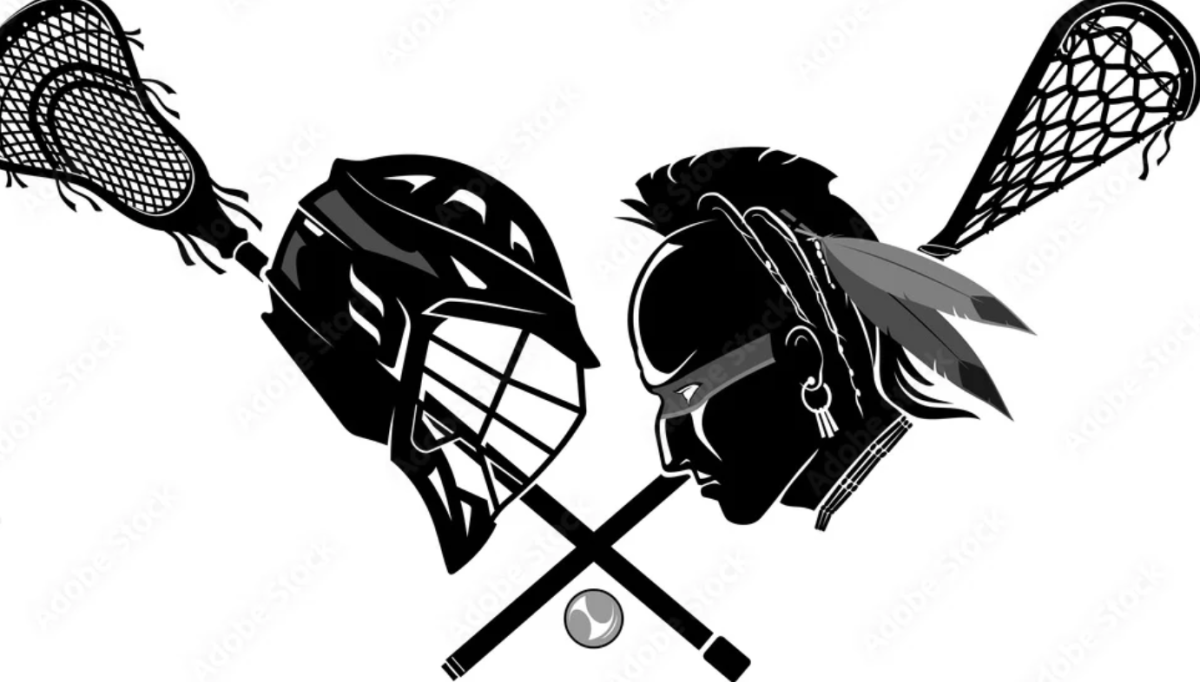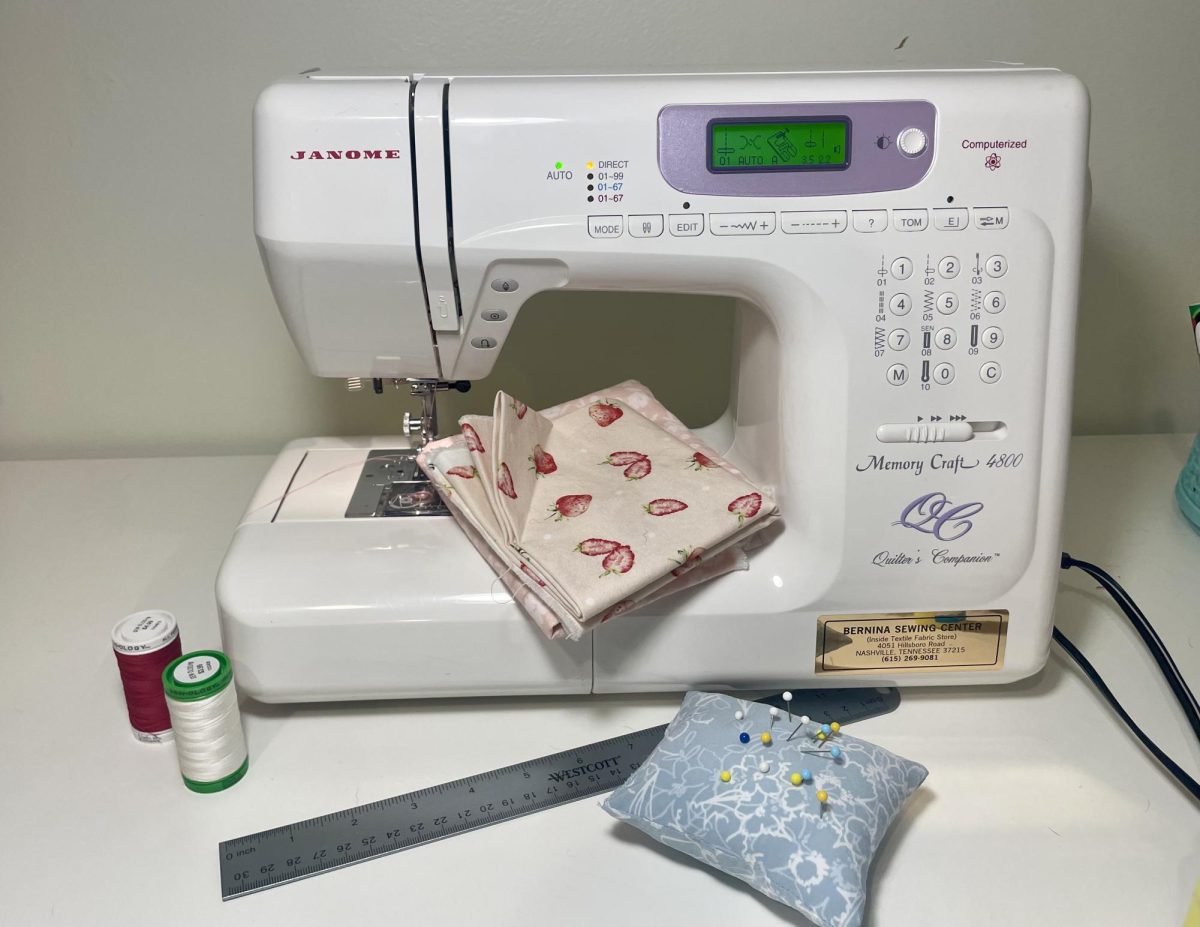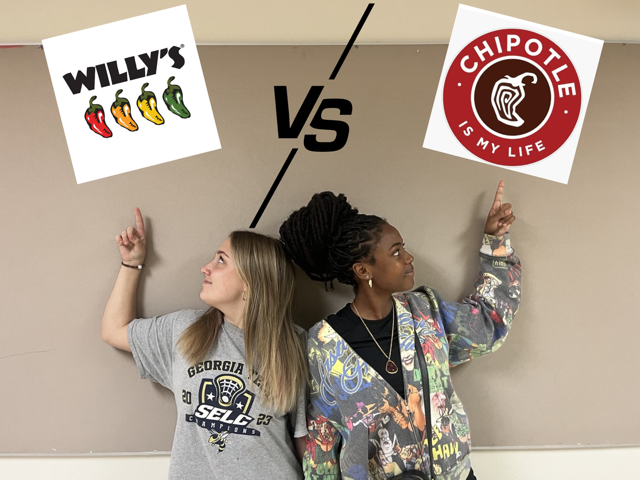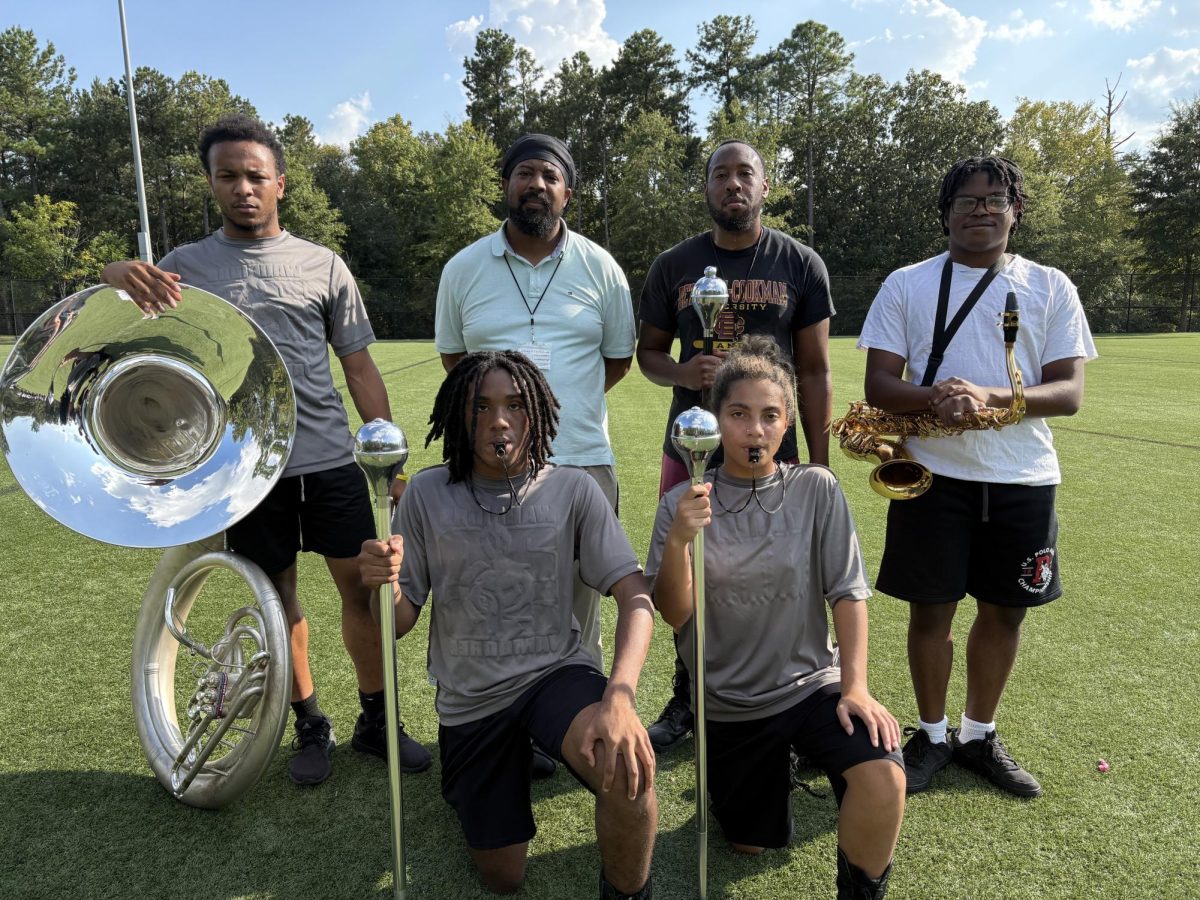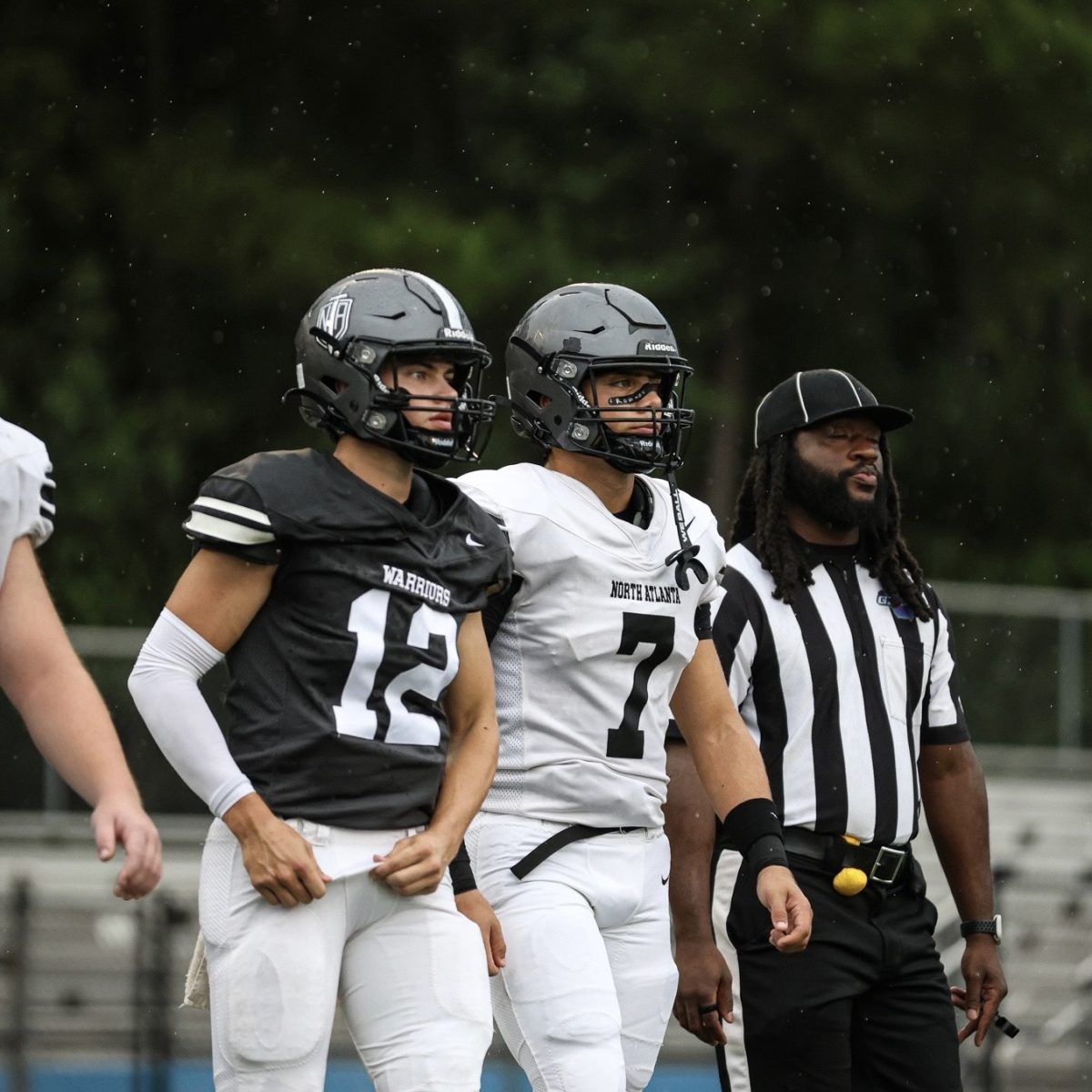Lax? The Medicine Game? Lacrosse has many different names and is one of the oldest team sports in North America, with deep roots in Native American culture. Originally played by Indigenous tribes such as the Haudenosaunee, Cherokee, and Creek, the game was known as the “medicine game” because it was believed to have healing properties and spiritual significance. Played on vast fields with hundreds of players, early lacrosse games could last for days and were often used to resolve conflicts or prepare warriors for battle. Today, while the sport has evolved significantly, it still carries the spirit of its origins, blending skill, speed, and teamwork into a game that continues to grow worldwide.
As lacrosse spread beyond Native American communities, it underwent significant changes. French Jesuit missionaries deemed the sport “lacrosse” after noticing the stick’s resemblance to a bishop’s crosier. By the 19th century, formal rules standardized the game, making it more structured and accessible. While these changes helped popularize lacrosse, many Native American communities continue to preserve its original form, emphasizing its cultural and spiritual significance. “Lacrosse is more than just a sport,” said senior Carson Carroll.
In modern times, lacrosse has become one of the fastest-growing sports in the United States, with high school and college programs expanding rapidly. The game is now played with advanced protective gear, specialized sticks, and structured strategies, making it more competitive than ever. Professional leagues such as the Premier Lacrosse League (PLL) and National Lacrosse League (NLL) have helped increase the sport’s popularity, bringing new fans and players into the game. “It’s crazy how much the game has grown, but you can still see the roots of the original sport,” said junior Brian Whittington
Lacrosse is gaining momentum at North Atlanta High School, with players eager to turn things around after a tough season in 2024. The team won five games last year, but with a strong core of returning players and a renewed focus on fundamentals, confidence is growing. Coaches and athletes are setting higher expectations and aiming to build a more competitive program. “We’ve been working hard in the offseason, and we’re ready to have a better 2025 season,” said senior Max Fancher.
Lacrosse has come a long way from its origins as a Native American medicine game, evolving into the fast-paced, competitive sport we know today. While the game has changed over the centuries, its core remains the same. As it continues to grow, it remains a sport deeply connected to its past while constantly adapting to the future.


